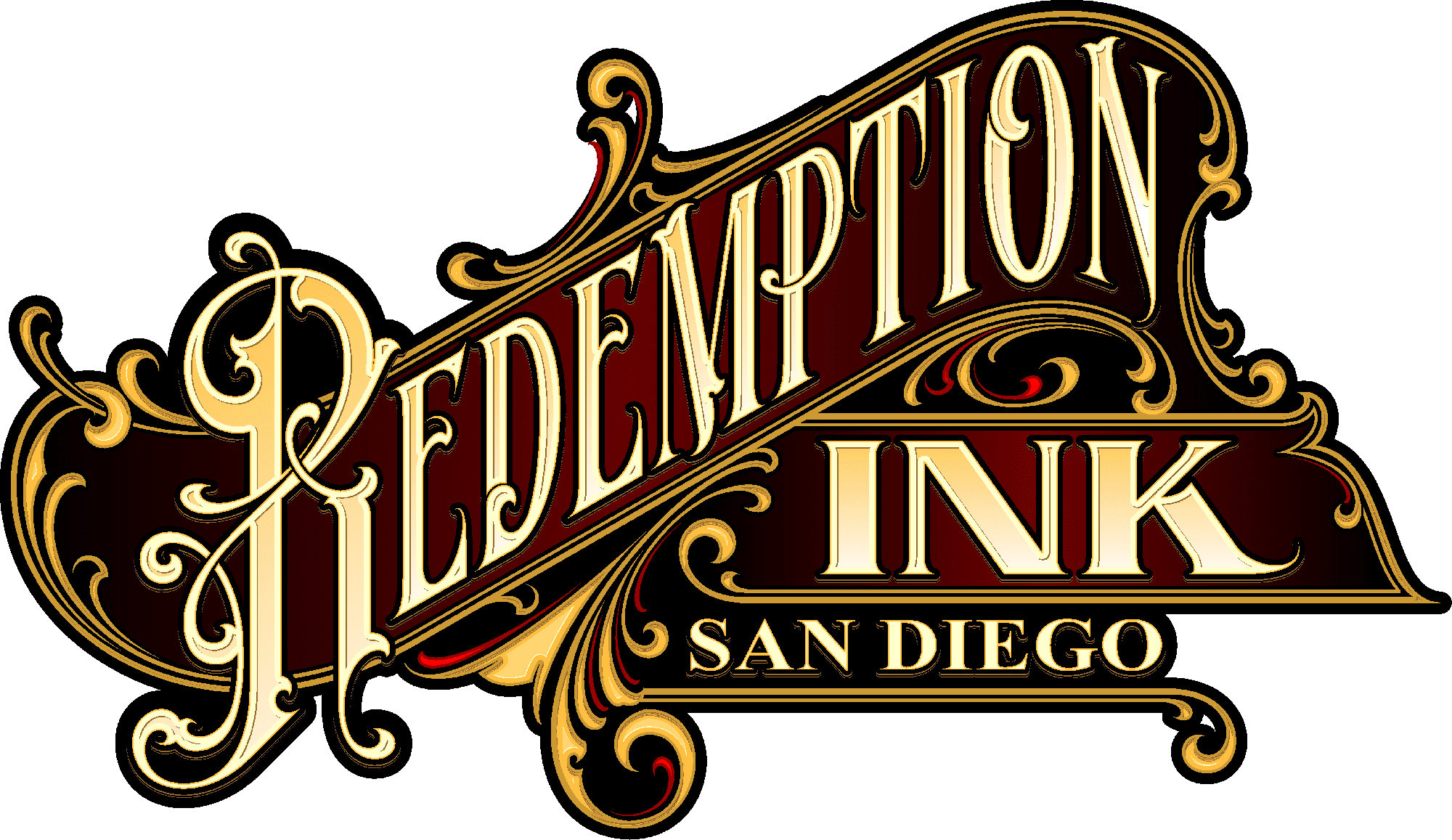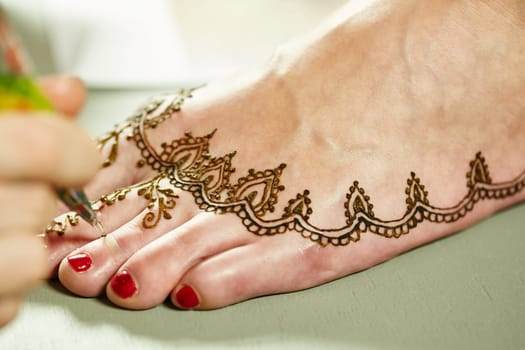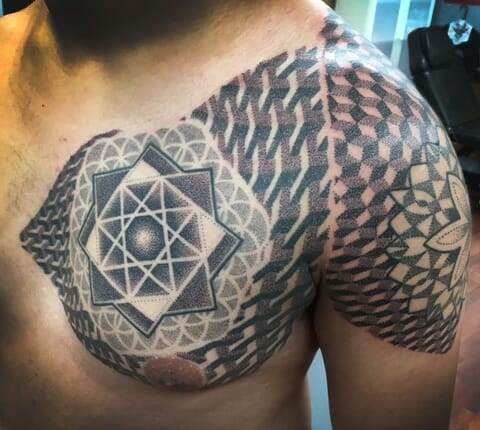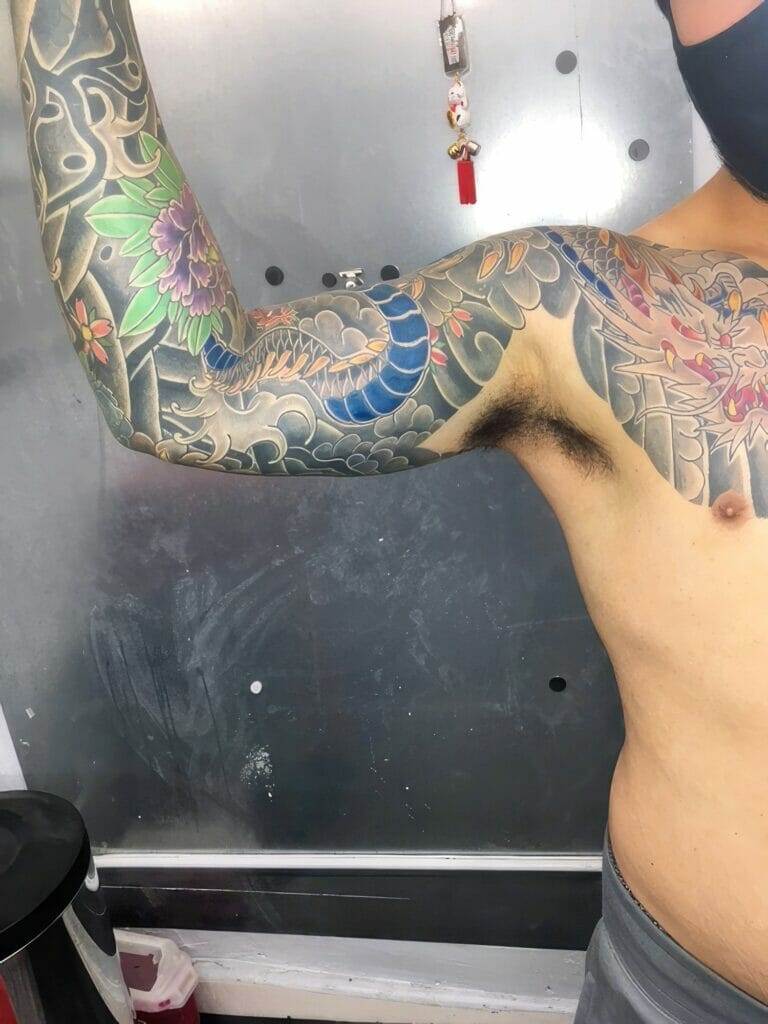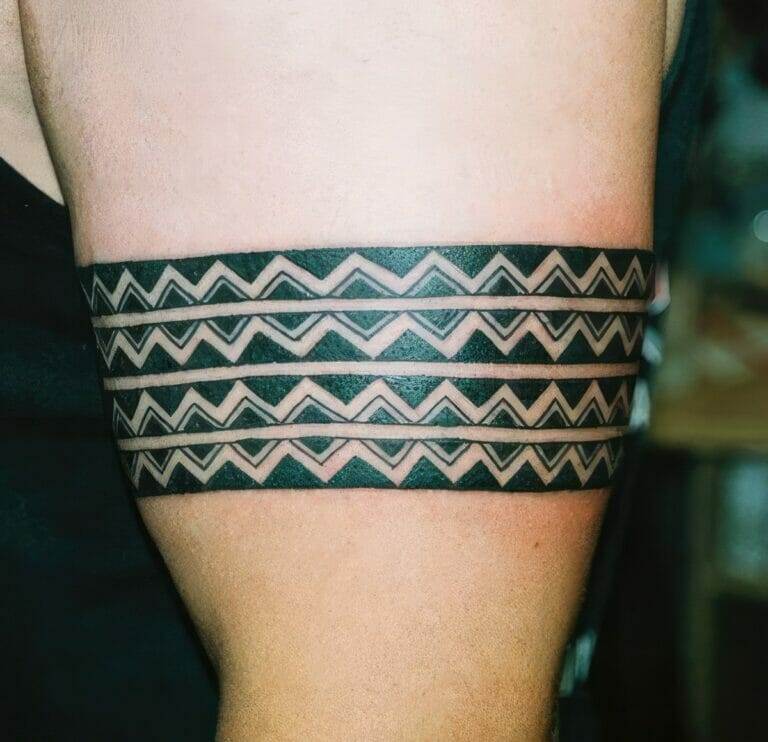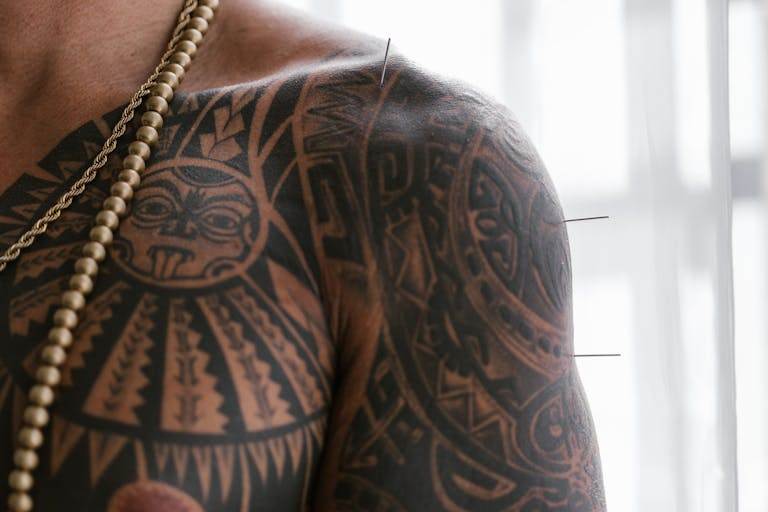
The history of American traditional tattoos is a rich tapestry woven from the threads of various cultural influences, maritime traditions, and the evolution of personal expression. Emerging in the early 20th century, this style is often associated with sailors and the military, who used tattoos as a form of identification and a way to commemorate their journeys. Sailors would often get inked with symbols that represented their experiences at sea, such as anchors, swallows, and mermaids.
These designs were not merely decorative; they held deep personal significance and served as talismans for protection and good fortune. As tattooing gained popularity beyond the confines of the naval world, it began to permeate American culture more broadly. The rise of tattoo parlors in urban areas during the mid-20th century marked a significant shift in the perception of tattoos from taboo to a form of art.
Artists like Norman “Sailor Jerry” Collins played a pivotal role in shaping the American traditional style, infusing it with bold lines, vibrant colors, and iconic imagery. This period saw the establishment of a distinct aesthetic that would influence generations of tattoo artists and enthusiasts alike.
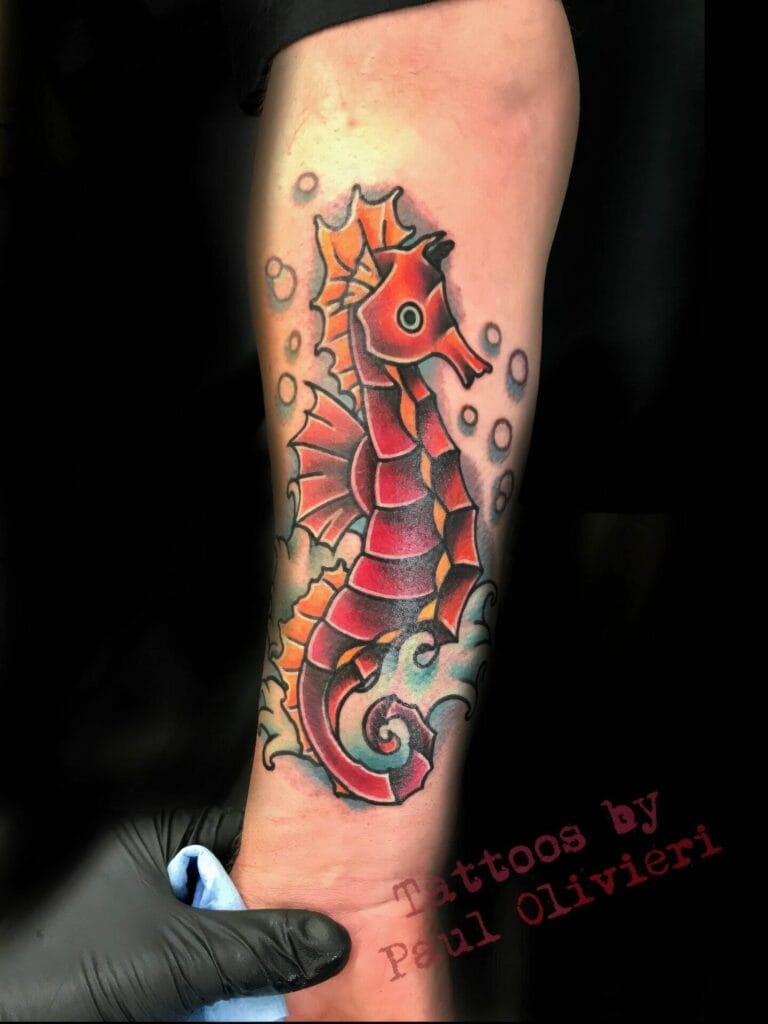
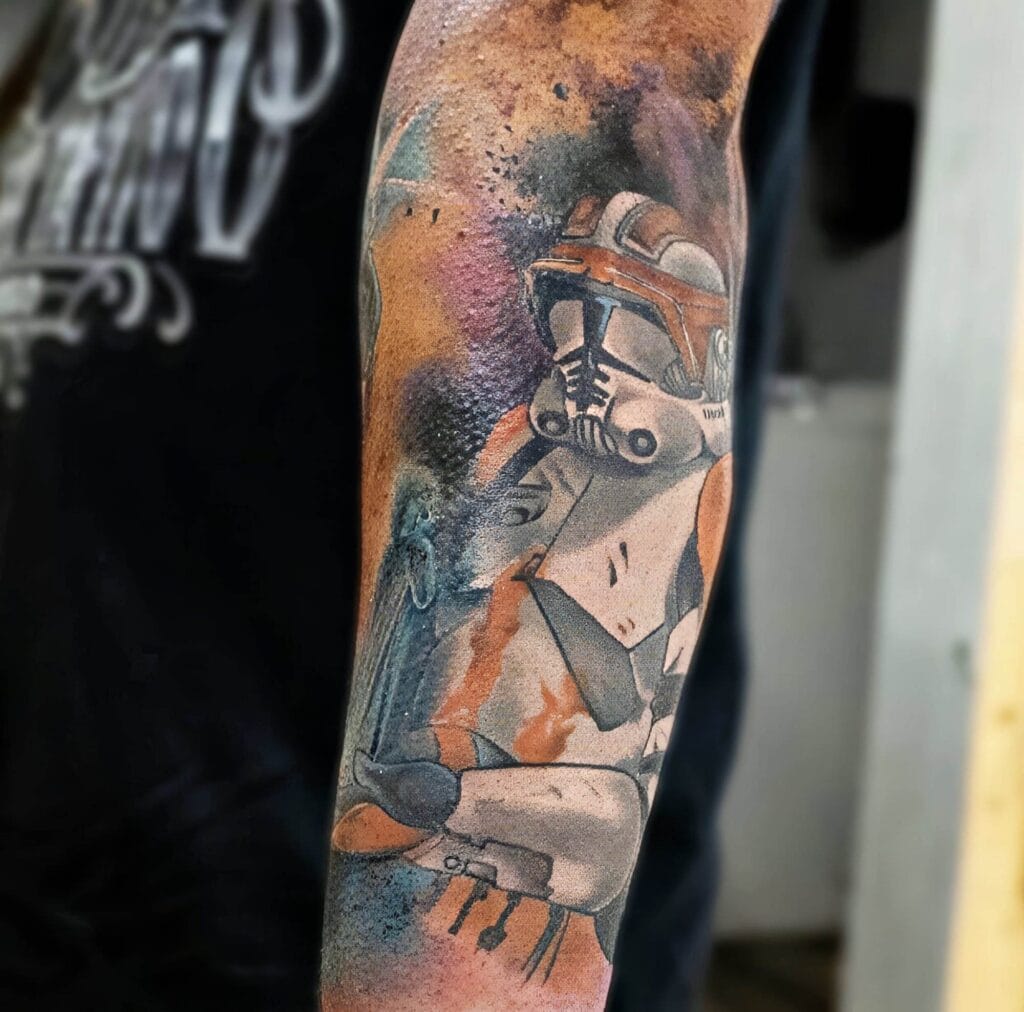
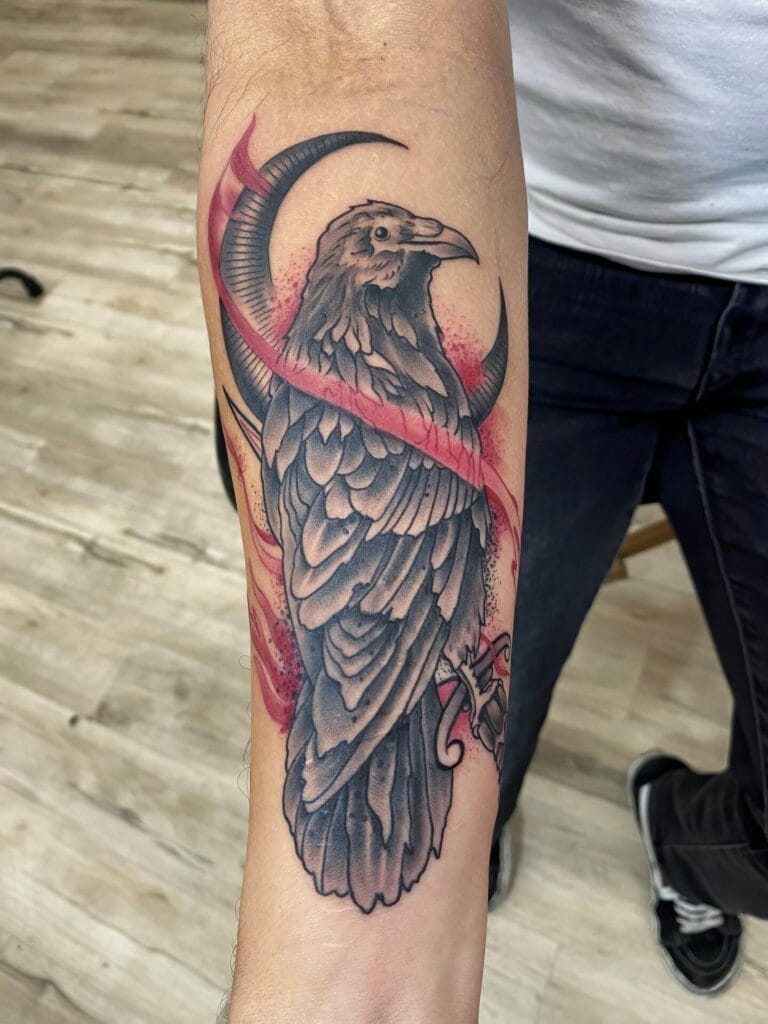
Key Takeaways
- American traditional tattoos have a rich history dating back to the 18th century, with influences from various cultures and traditions.
- Iconic designs such as anchors, roses, and eagles are commonly found in American traditional tattoos, each with their own symbolic meanings.
- These tattoos often symbolize concepts like strength, loyalty, and patriotism, reflecting the values of American culture.
- American traditional tattoos have had a significant impact on modern tattooing, influencing styles and techniques used by contemporary artists.
- Popular placements for American traditional tattoos include the arms, chest, and back, with each location carrying its own significance and symbolism.
Iconic Designs in American Traditional Tattoos
Symbolism of Swallows and Anchors
One of the most recognizable motifs in American traditional tattoos is the swallow, which symbolizes freedom and the hope of returning home. Swallows are often depicted in flight, representing the journey and the idea of safe passage. Similarly, anchors are prevalent in this style, serving as a symbol of stability and steadfastness, particularly for those who have spent time at sea.
Roses, Skulls, and Daggers: Rich in Meaning
Other popular designs in American traditional tattoos include roses, skulls, and daggers, each carrying its own unique connotations. Roses often symbolize love and beauty but can also represent the duality of life and death. Skulls are frequently associated with mortality and the transient nature of life, while daggers can signify bravery or a willingness to confront danger.
Expressing Personal Narratives through Body Art
These designs are not only visually striking but also rich in meaning, allowing individuals to express their personal narratives through their body art.
The Symbolism and Meanings Behind American Traditional Tattoos
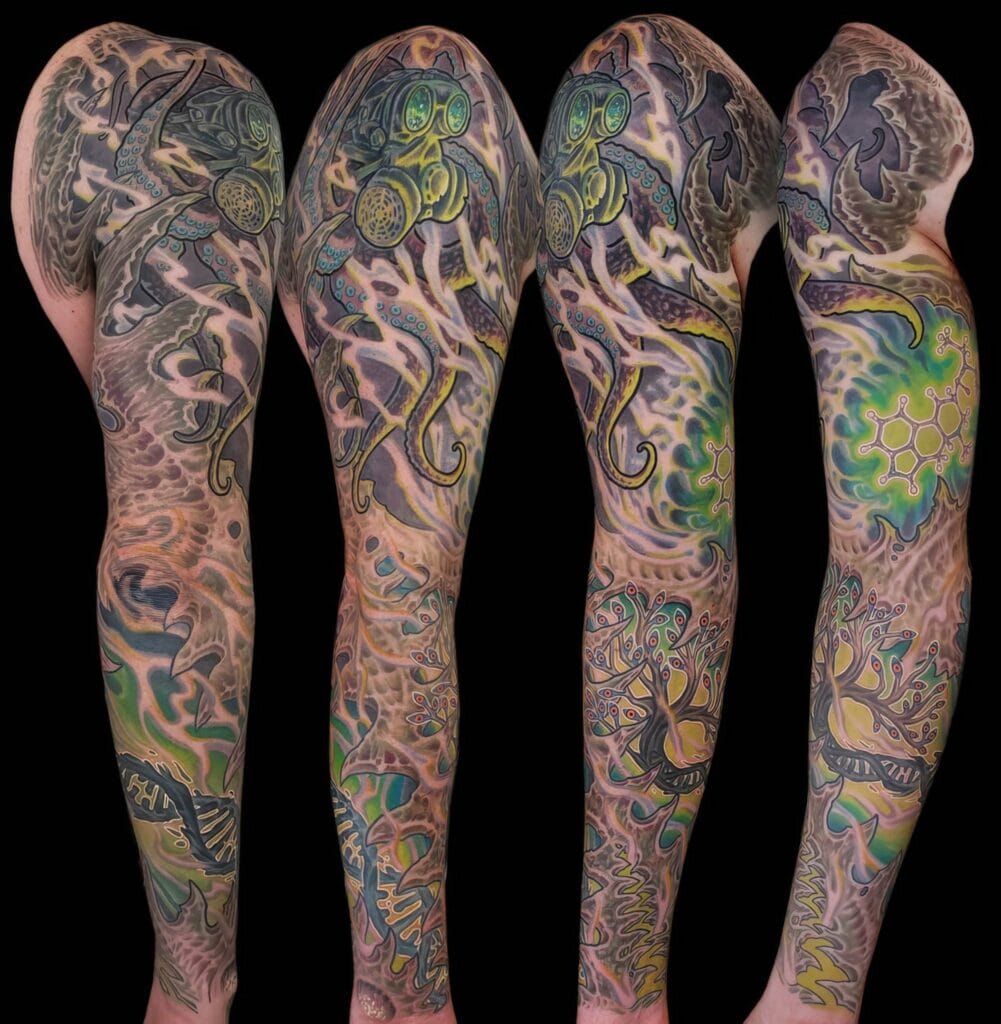
The symbolism embedded in American traditional tattoos is profound and multifaceted. Each design carries its own story, often rooted in historical or cultural significance. For instance, the heart and dagger motif represents love intertwined with pain or betrayal, illustrating the complexities of human relationships.
This duality resonates with many individuals who seek to convey their personal experiences through their tattoos. Moreover, many designs draw from nautical themes, reflecting the lifestyle and beliefs of sailors. The nautical star, for example, symbolizes guidance and protection during voyages, serving as a reminder of one’s journey through life.
Similarly, the image of a mermaid can represent temptation and allure but also serves as a warning against the dangers that may lie beneath the surface. These symbols create a rich language that allows wearers to communicate their values, beliefs, and life experiences through their ink.
The Influence of American Traditional Tattoos on Modern Tattooing
American traditional tattoos have left an indelible mark on modern tattooing practices, influencing various styles and techniques that have emerged over the years. The bold lines and vibrant colors characteristic of this style have become foundational elements in contemporary tattoo art. Many modern tattoo artists draw inspiration from traditional designs while incorporating their own unique twists, resulting in a fusion of old and new aesthetics.
Furthermore, the resurgence of interest in vintage tattoo styles has led to a revival of American traditional tattoos within the broader tattoo community. Many artists today pay homage to the techniques and motifs established by pioneers like Sailor Jerry while also experimenting with new materials and methods. This blending of tradition with innovation has created a dynamic landscape where classic designs continue to thrive alongside contemporary interpretations.
Popular Placement of American Traditional Tattoos
When it comes to placement, American traditional tattoos lend themselves well to various parts of the body due to their bold nature and striking visuals. Common placements include the arms, chest, and back, where larger designs can be showcased effectively. The forearm is particularly popular for those who wish to display their tattoos prominently while still maintaining some level of discretion when needed.
Additionally, many individuals opt for traditional tattoos on their legs or thighs, allowing for creative compositions that can be easily covered or revealed depending on personal preference. The choice of placement often reflects not only aesthetic considerations but also personal significance; for instance, a sailor might choose to ink an anchor on their forearm as a tribute to their maritime experiences. Ultimately, the placement of an American traditional tattoo is as much about personal expression as it is about visual impact.
The Artists and Influences in American Traditional Tattooing
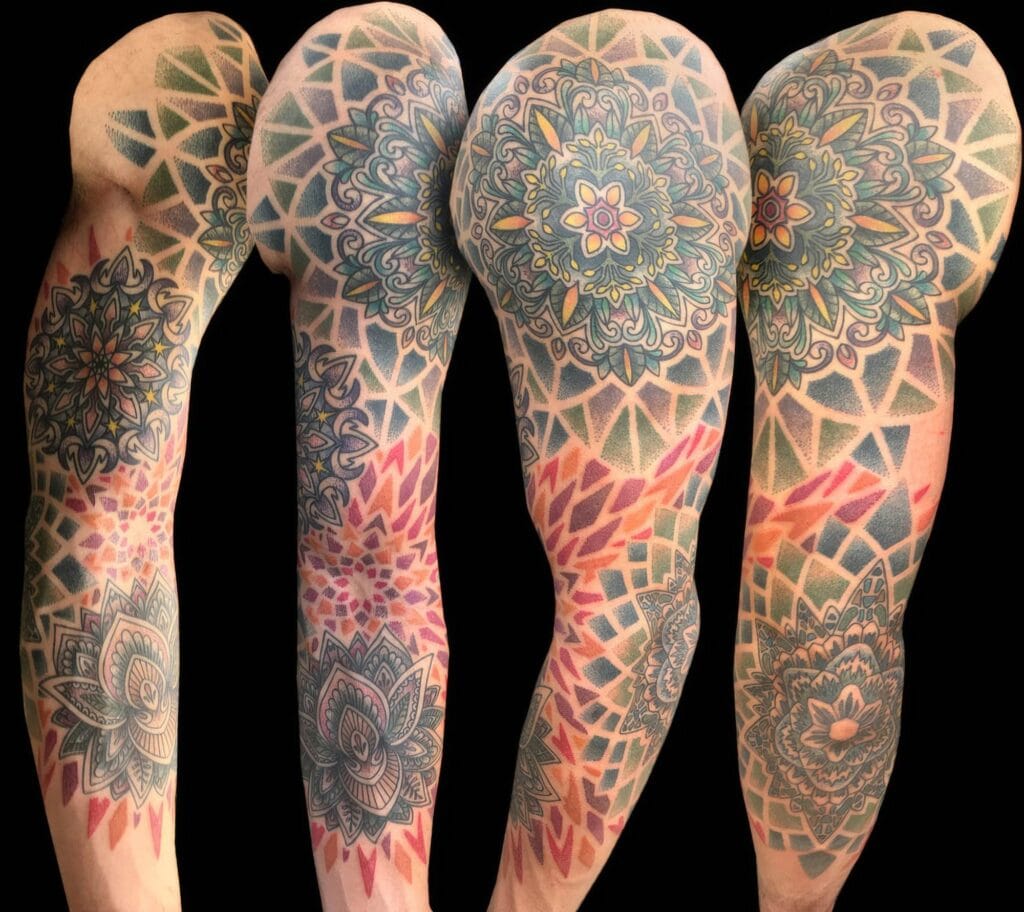
The world of American traditional tattooing is populated by influential artists who have shaped its evolution over the decades. Pioneers like Norman Collins (Sailor Jerry) are celebrated for their contributions to the style, having developed techniques that emphasized bold lines and vibrant colors while also incorporating elements from Asian tattooing traditions. Their work laid the groundwork for future generations of tattoo artists who sought to honor these traditions while pushing boundaries.
In addition to Sailor Jerry, other notable figures such as Don Ed Hardy have played significant roles in popularizing American traditional tattoos. Hardy’s innovative approach combined traditional motifs with contemporary art influences, creating a unique fusion that resonated with a broader audience. Today, many tattoo artists continue to draw inspiration from these legends while also forging their own paths within the genre, ensuring that American traditional tattooing remains a vibrant and evolving art form.
The Revival and Popularity of American Traditional Tattoos
In recent years, there has been a notable revival of interest in American traditional tattoos among both seasoned enthusiasts and newcomers alike. This resurgence can be attributed to several factors, including a growing appreciation for vintage aesthetics and a desire for authenticity in body art. As people seek to connect with their roots or express their individuality through timeless designs, American traditional tattoos have emerged as a popular choice.
Social media platforms have also played a significant role in this revival by providing artists with a global stage to showcase their work. The sharing of images and stories related to American traditional tattoos has fostered a sense of community among enthusiasts who celebrate this enduring style. As more individuals embrace these classic designs, they contribute to a renewed appreciation for the artistry and craftsmanship that define American traditional tattooing.
How to Choose the Right American Traditional Tattoo for You
Choosing the right American traditional tattoo involves careful consideration of both design and personal significance. Start by reflecting on symbols or motifs that resonate with your life experiences or values. Whether it’s an anchor representing stability or a rose symbolizing love, selecting a design that holds personal meaning will ensure that your tattoo remains relevant throughout your life.
Additionally, consider the placement of your tattoo carefully; think about how visible you want it to be and how it will fit into your overall aesthetic. Consulting with an experienced tattoo artist can also provide valuable insights into design options and placement considerations based on your body type and skin tone. Ultimately, choosing an American traditional tattoo should be an empowering experience that reflects your individuality while honoring the rich history and symbolism inherent in this timeless art form.
FAQs
What are American traditional tattoos?
American traditional tattoos, also known as old school tattoos, are a style of tattooing that originated in the United States in the late 19th and early 20th centuries. They are characterized by bold black outlines, a limited color palette, and iconic imagery such as roses, anchors, eagles, and pin-up girls.
What are some classic designs of American traditional tattoos?
Some classic designs of American traditional tattoos include anchors, swallows, roses, eagles, pin-up girls, nautical symbols, and patriotic imagery such as American flags and military insignia.
What do these classic designs symbolize?
Each classic design of American traditional tattoos carries its own symbolism. For example, anchors symbolize stability and strength, swallows represent loyalty and return, roses symbolize love and beauty, and eagles symbolize freedom and power.
Who were the influential tattoo artists in the development of American traditional tattoos?
Some influential tattoo artists in the development of American traditional tattoos include Norman “Sailor Jerry” Collins, Bert Grimm, and Cap Coleman. These artists played a significant role in popularizing the iconic imagery and techniques associated with American traditional tattoos.
Are American traditional tattoos still popular today?
Yes, American traditional tattoos remain popular today and have experienced a resurgence in recent years. Many tattoo enthusiasts appreciate the timeless and iconic nature of American traditional designs, as well as the rich history and symbolism behind them.
